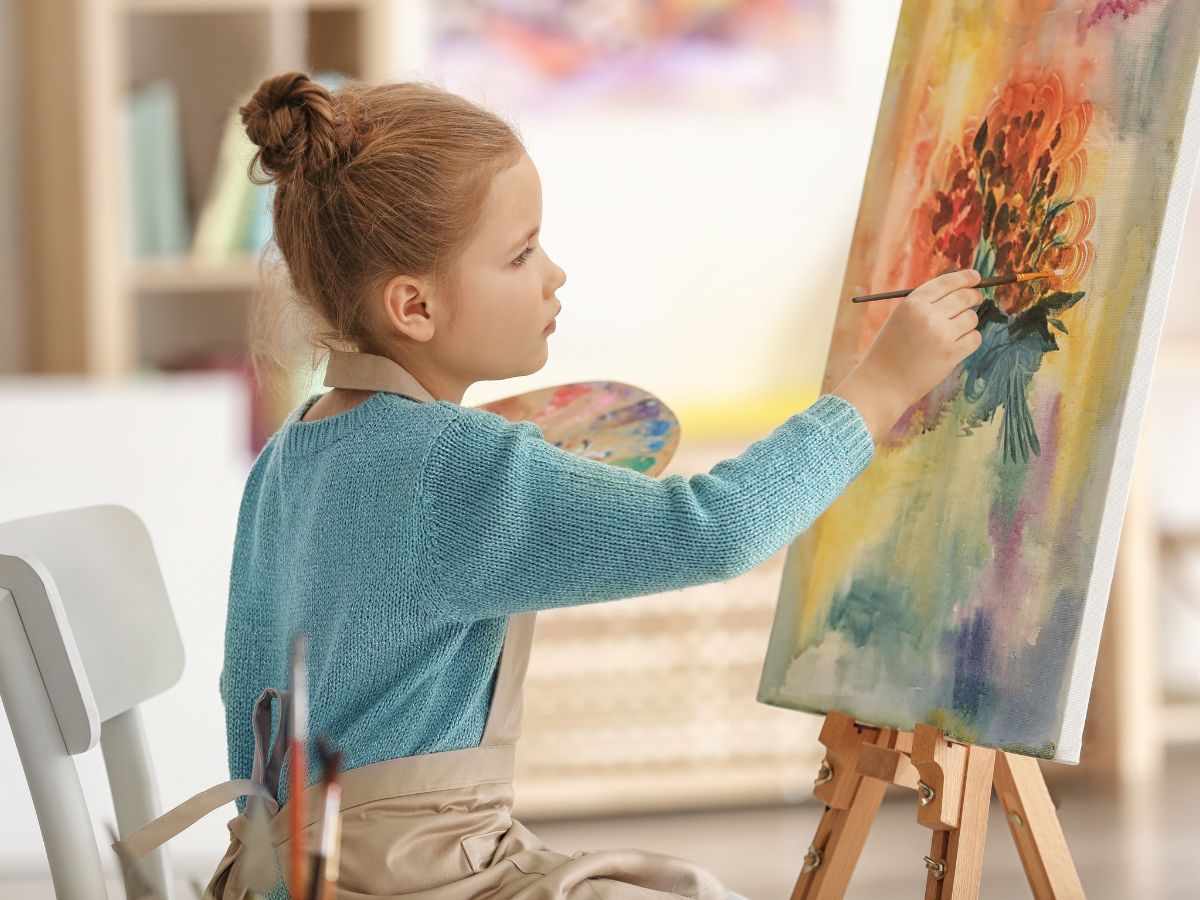
Choosing the Right Canvas: Pros and Cons for Artists
Selecting the appropriate canvas is a decision that influences the outcome and longevity of your artwork. Understanding the characteristics of different canvas types can help artists make informed choices that align with their creative goals and practical needs.








